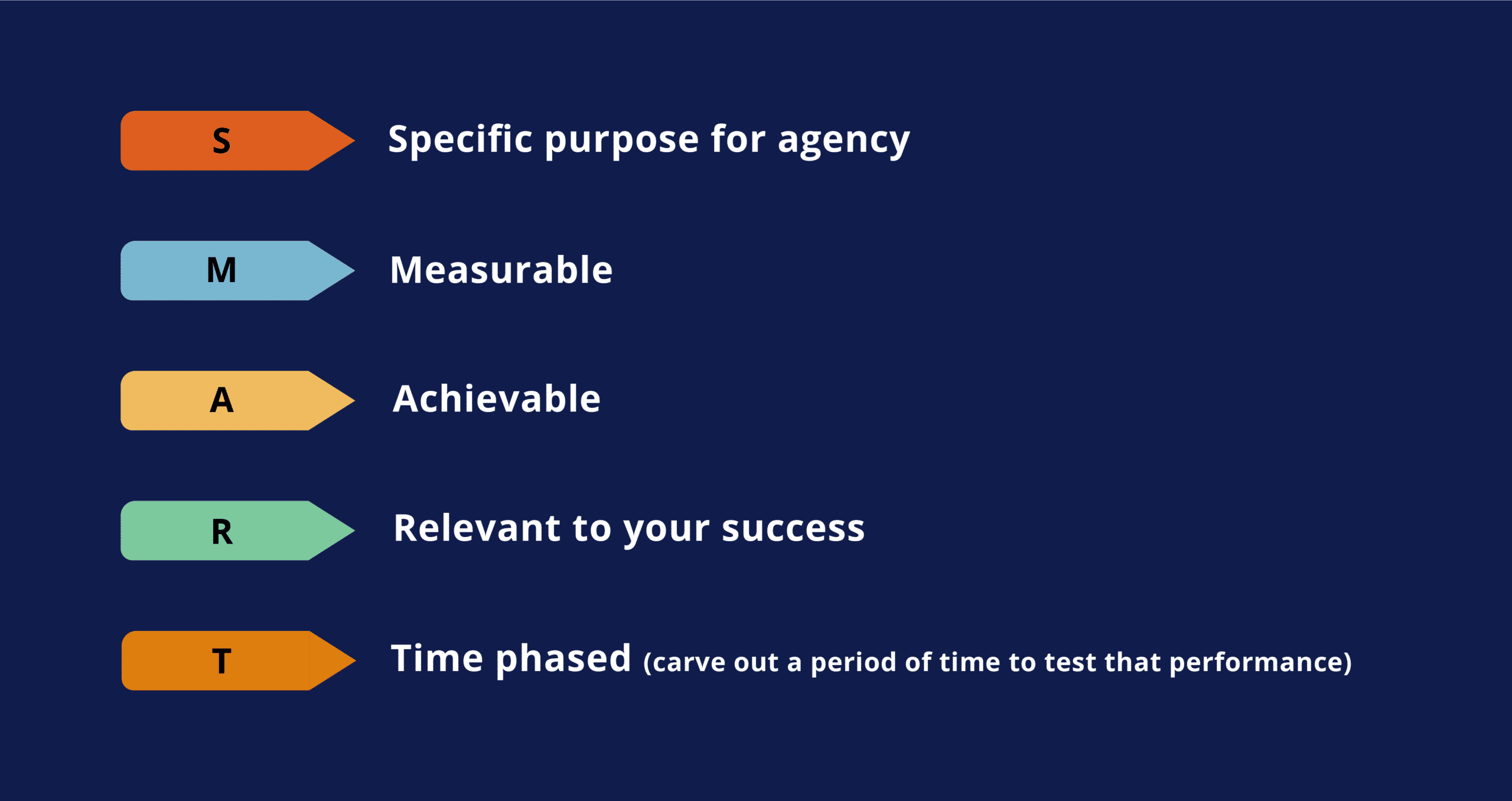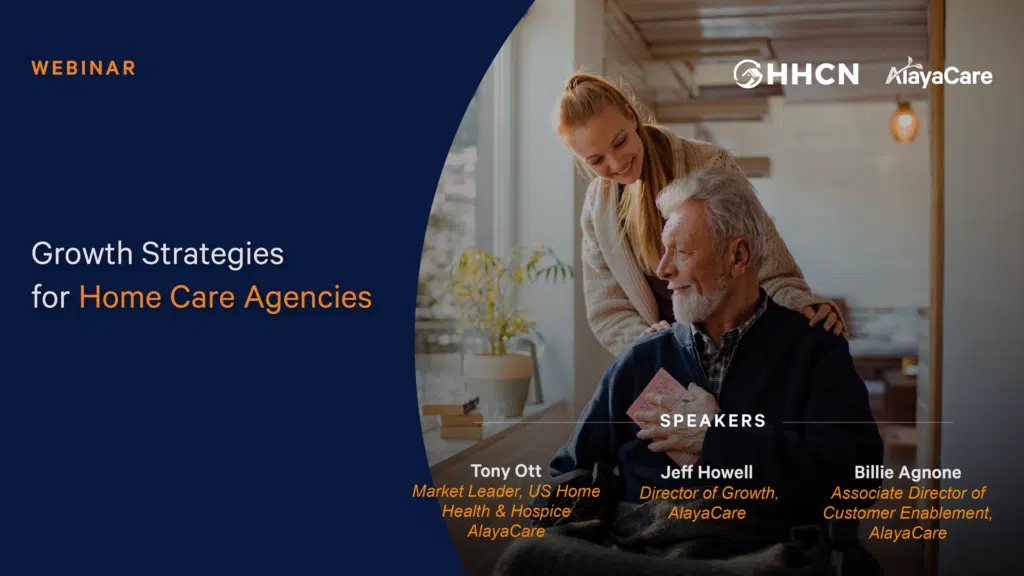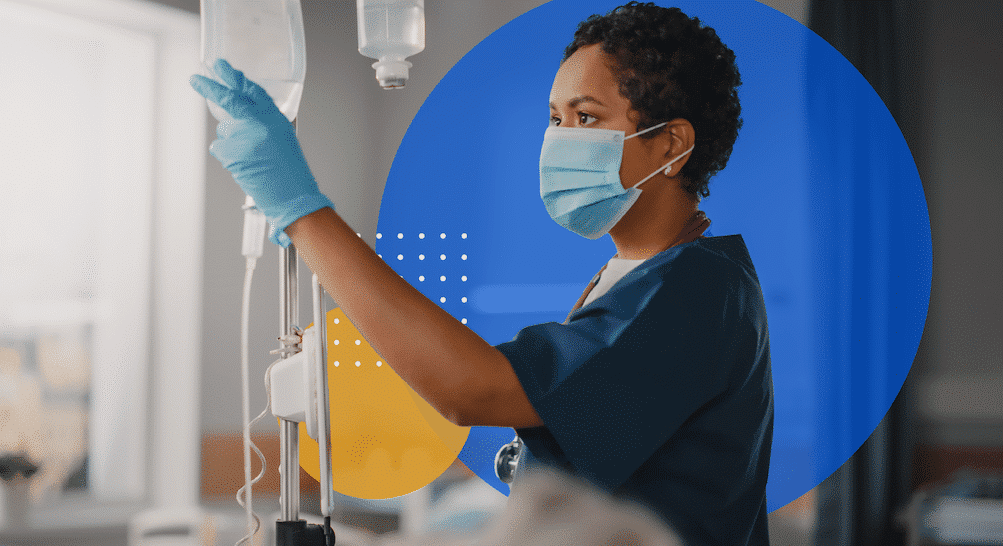Blog
Key performance indicators: The power of data in home care

To those who are not executives or data analysts, key performance indicators (KPIs) are an out-of-focus business term that is easier to avoid than to understand. But the reality is that KPIs are an everyman’s tool and are only as useful as employees outside the data world understand them — and see how their efforts drive an entire business forward.
KPIs are measurable values that reveal whether a company is achieving its objectives or not. Most businesses set targets, and KPIs demonstrate clearly whether those targets are being consistently met.
It’s easy to go down the rabbit hole and get overwhelmed with too many KPIs, which can be confusing for employees and make them less inclined to modify their performance. In home care, it’s important to pick a small handful of important elements to measure — and then make sure employees know why they were chosen, how they are measured, and how the entire process is a team effort.
Download our guide on home care data reporting and insights to learn more.

In short: KPIs have tremendous value in moving a business forward. But they must flow through the entire staff, in the office, and on the road in order to be effective. KPIs that are done well give staff a sense of empowerment, a critical first step to the entire point of using them: to improve performance.
Measuring business success
An old saying goes: “What gets measured gets done.”
That’s the underlying reason why it’s worth the effort to track key performance indicators. The business rationale is clear: exploring data in areas critical to success simply makes sense.
Then there’s the human side, as most employees are motivated by incentives. If an agency wishes to shore up operations and ask people to hit certain targets, it’s important to measure their efforts. If there is no way to gauge whether people have succeeded, motivation will be hard to sustain.
Another saying goes: “What gets rewarded gets repeated.” Tracking KPIs means you know if teams are reaching benchmarks and agencies are free to implement whatever incentives they wish based on achievement. At the same time, employees know that KPIs are in the background holding them accountable for meeting performance goals.
Ultimately, it all comes down to harnessing the power of data to help ensure the success of your business. Lee Grunberg, president of Integracare and AlayaCare client, sums up the power of KPI data like so:

“Data is like the foundation of a house. Without it, you can’t make efficient decisions. Yet data in and of itself, is virtually useless. Taking data and turning it into information and making that knowledge that you can repeat: that is a success.”
The power of data exploration in home care
Achieving success looks different from boardroom to boardroom. There may be an operational goal in focus — which in home care, may look like having all field staff arrive at every appointment 10 minutes early. Or there may be a larger strategic goal that teams advance toward gradually over time.
The power of data exploration begins with selecting the right data. KPIs must reflect both organizational priorities and tangible goals. What’s important to one agency (perhaps one that is looking to scale operations in the near future) may be quite different than another (perhaps it wants only to maintain a standard level of client care).
Above all, stick to what’s known as the “SMART” criteria:

It’s critical to know upfront not only what to measure but if that metric is accurate. If you can trust the numbers, then go for it.
Top 10 key reports for agency owners
Download this checklist to learn what key analytics reports are recommended for your agency to monitor and analyze within your home care software to improve operational efficiencies.
Top 10 key metrics for administrators
Download this checklist to learn what key metrics administrators should keep an eye on in your agency, to continue to improve administrative efficiencies and overall better outcomes.
Specific KPIs that can really move home care
In home care, KPIs can address key areas like on-time client visits, overall client satisfaction, employee retention, reporting, and billing. They can cover all facets of a business from HR to finance to marketing to quality of care to optimal use of personal support workers to client conversion.
“If you explore this type of data, it’s a way to provide better care, a better workplace for caregivers, and your top and bottom line will grow,” says Lee Grunberg, who uses AlayaCare software toward these ends.
Agencies could use KPIs to closely measure service hours, for example, because payers will pay only for specific hours worked. It’s possible to filter by day or month or any custom period to compare how PSWs, registered nurses, and other care workers are performing over time.
Certain KPIs could be used to confidently gauge the quality of care. For example, client feedback metrics could track positive and negative reports, and help an agency continuously improve care. Caregivers themselves may fill those reports themselves, input feedback of any kind, and also have the chance to describe an occurrence, what may have caused it, and how it was addressed. This also means your care teams are treated fairly.
KPIs flow through AlayaCare technology
Data exploration will carry home care agencies of any size into the future. If current software lacks the tools to capture and analyze data or has limited functionality or flexibility, an agency’s business edge is being dulled.
The AlayaCare platform was built to be continuously improved and flexible enough to shift along with an evolving industry. It offers agencies seamless access to data, advanced analytics, and reporting abilities in any area of business.
When an agency uses AlayaCare, all data is captured and contained in “cubes.” For example, all the KPIs you’d want around caregiver visits could be housed in a “visit cube.”
“There is a ton of data in AlayaCare waiting to be unearthed, filtered, and exported into something you can use,” says Integracare president Lee Grunberg. “The final play is taking that data and transforming it into knowledge to help the agency.”
To add another layer of flexibility AlayaCare introduced customizable dashboards so every user could log into the solution and have an at-a-glance view of the reports, metrics, and KPIs that matter to them most.
“We’re trying to use responsive analytics to identify coming trends, such as when we may have a surge or drop-in clients,” Soukup says. “Having the data automatically exported to the dashboard instead of manually entered into an excel spreadsheet has improved both the accuracy of inputting and efficiency of sharing the data.”

Helping Hands’ use of KPIs has enabled them to create highly accurate reports around fall prevention as well as capture vital data around resident stays and cost per unit of its transitional beds’ program set up for clients who are leaving acute care settings. (Read all about Helping Hands in our client profile.)
In the end, developing and using KPIs is far easier now than it ever was, particularly if all data is housed in the same software solution. Exploring this treasure trove of information means everyone and everything is looked after by office staff, caregivers on the road, clients, and the agency’s future.
How to make the most of your home care data
In this guide, you’ll get a deeper understanding of how to authentically transform the data you’re collecting into real, actionable change. Download the guide now >


